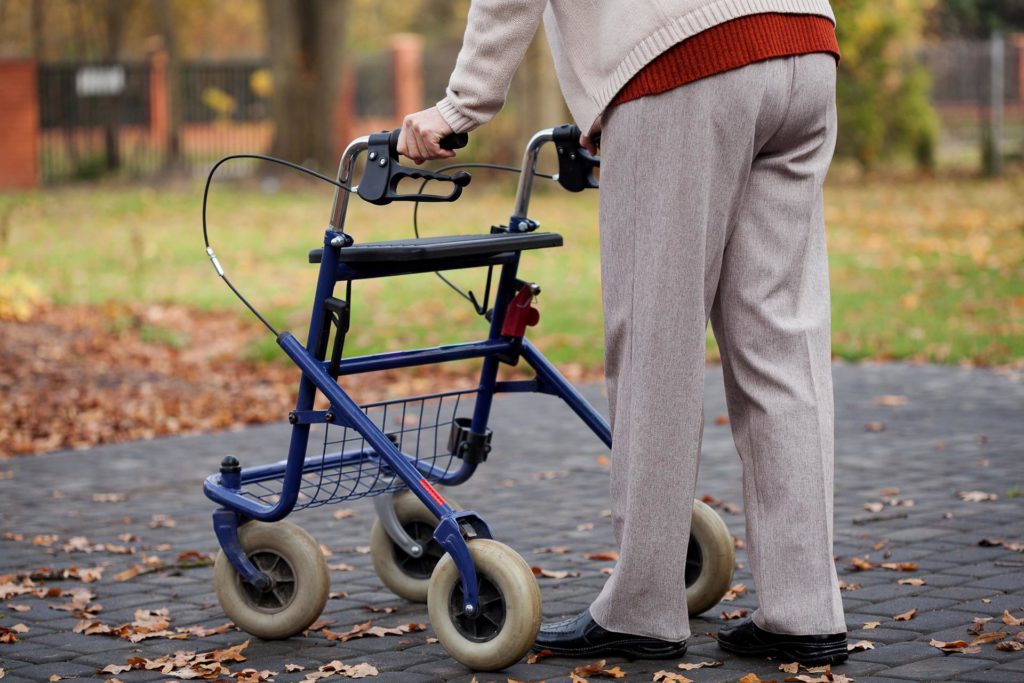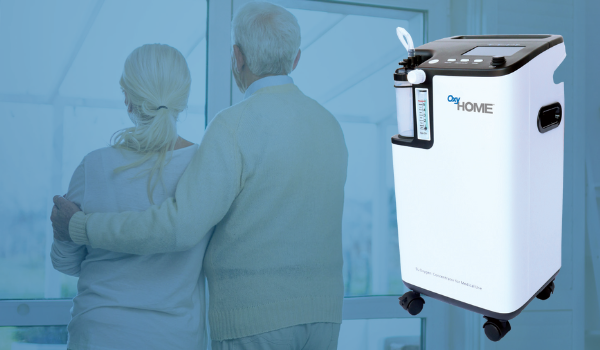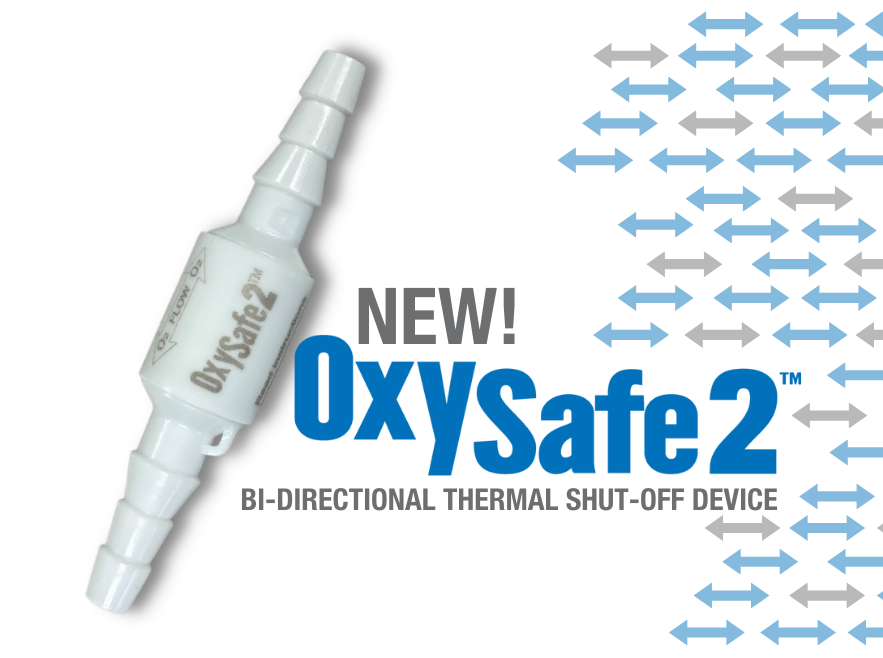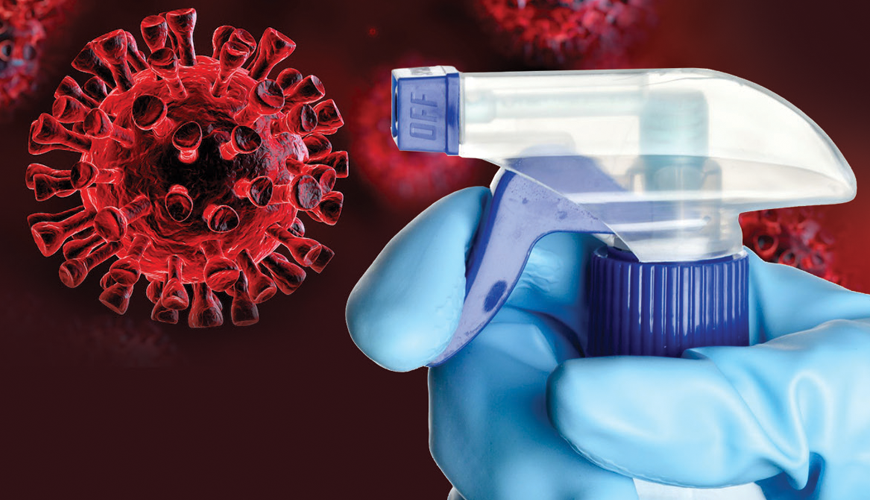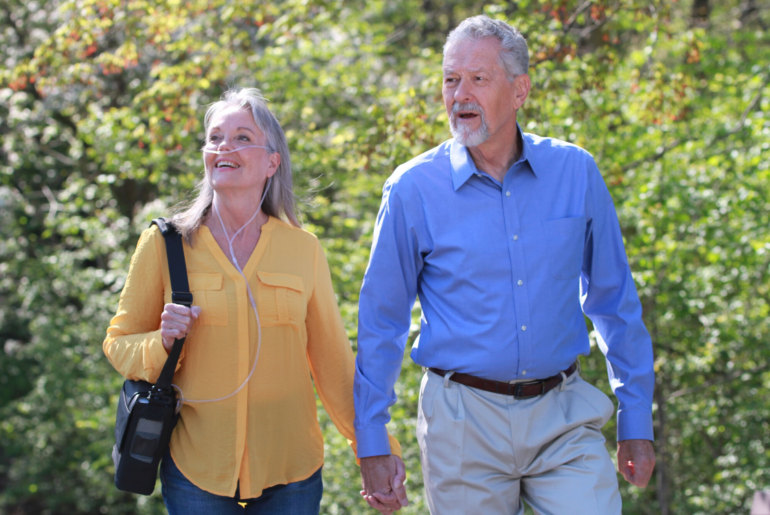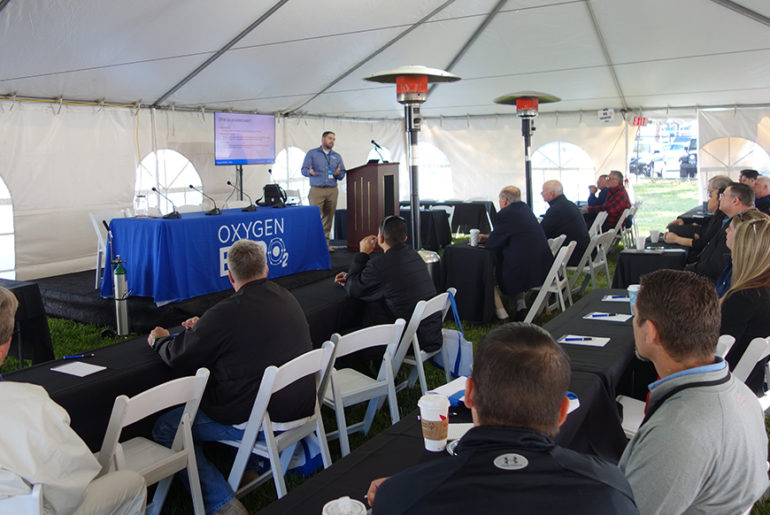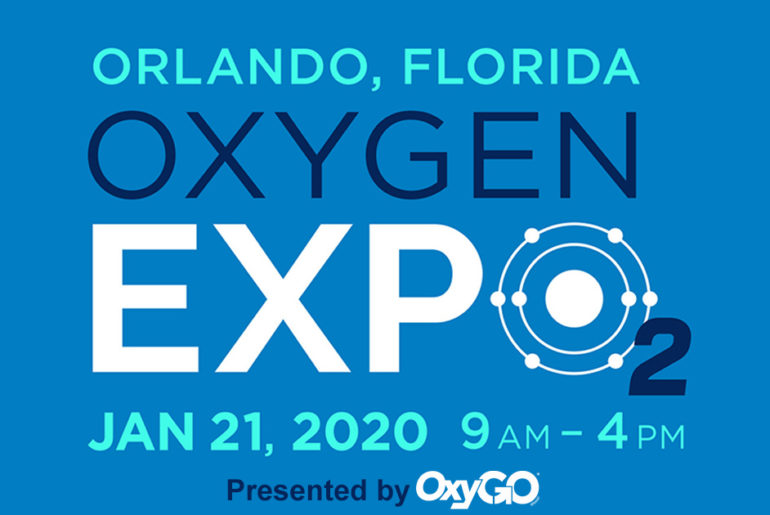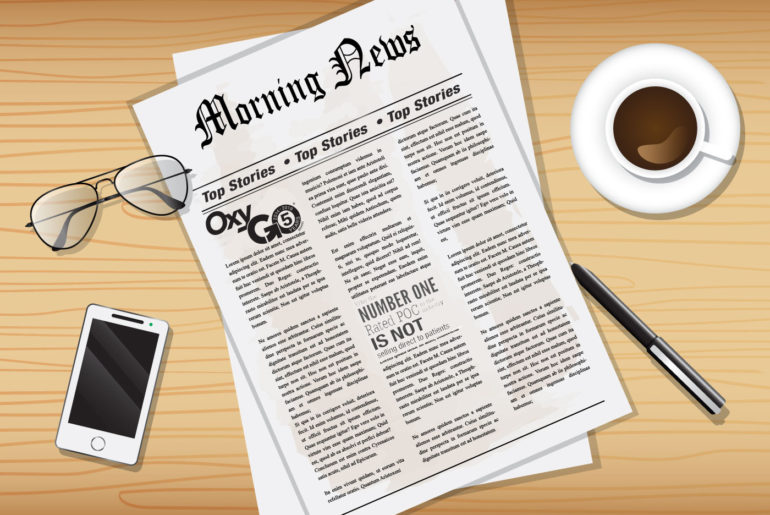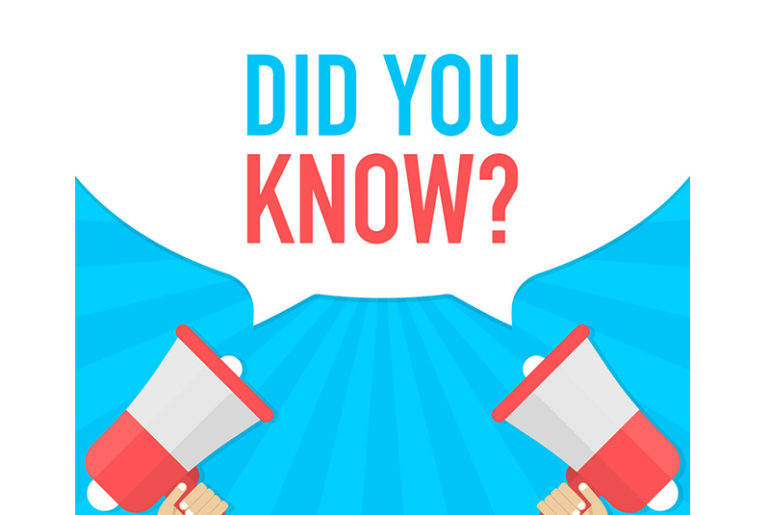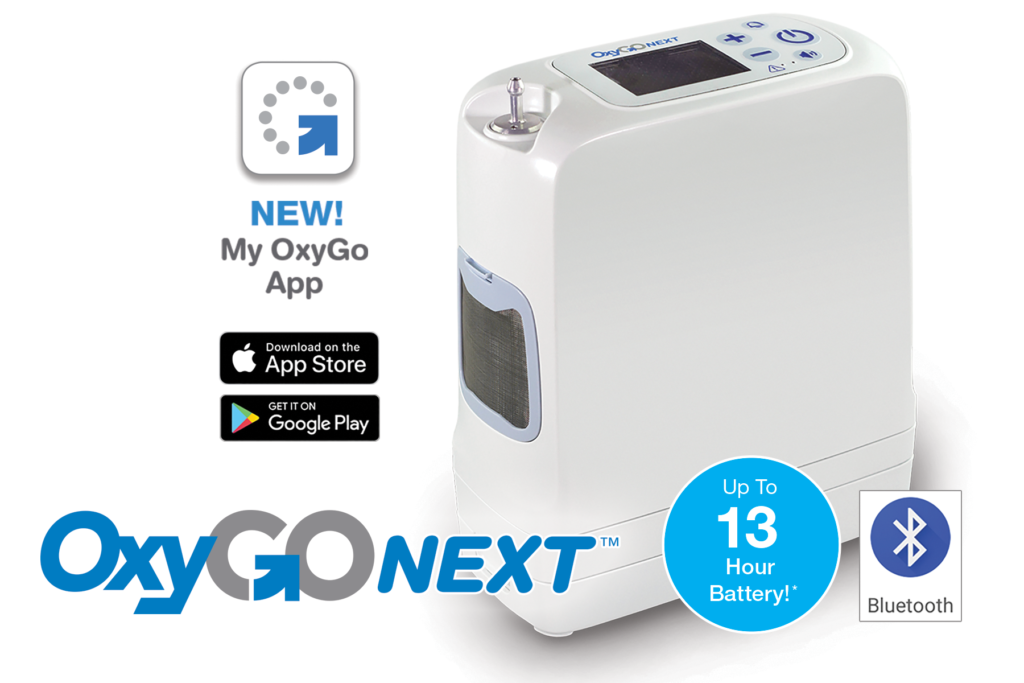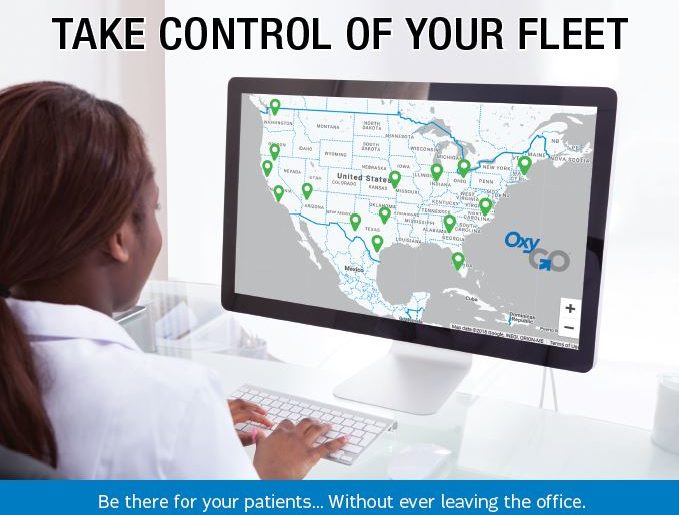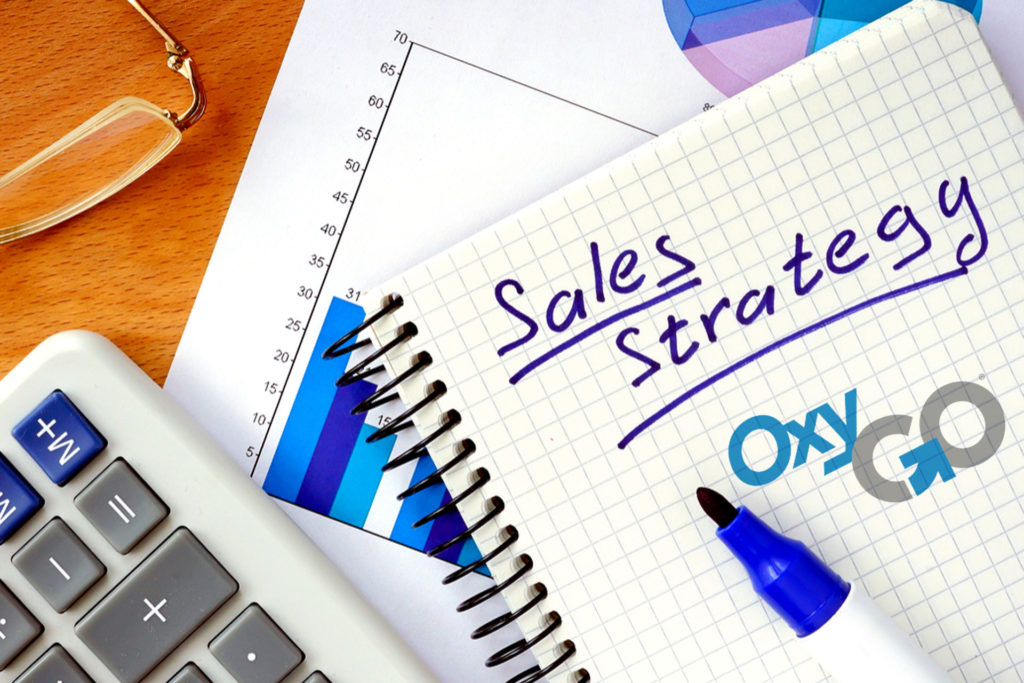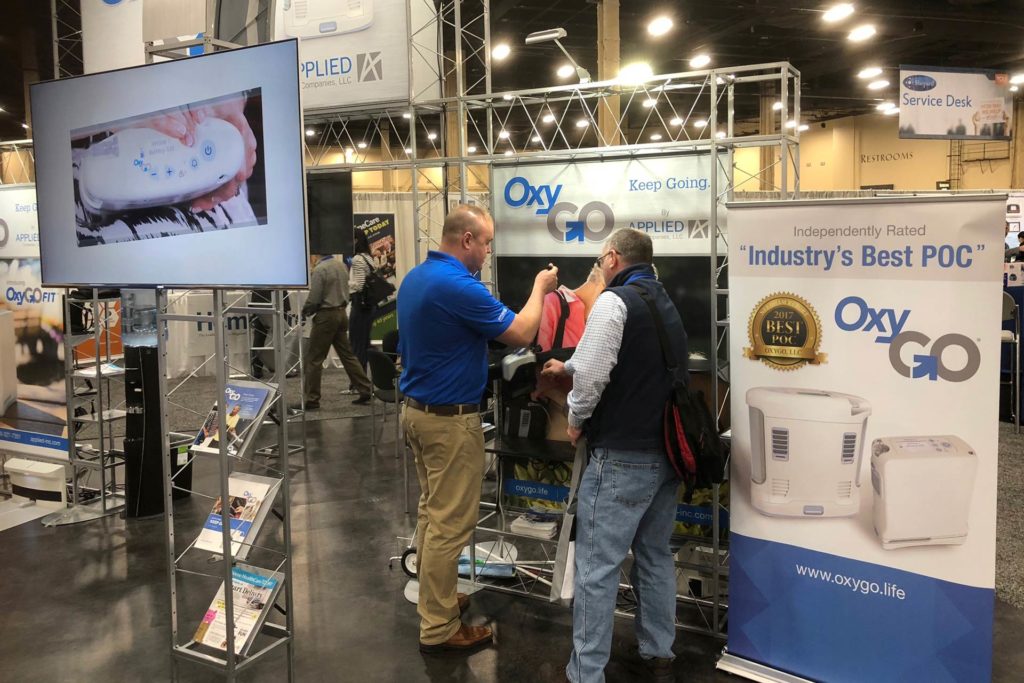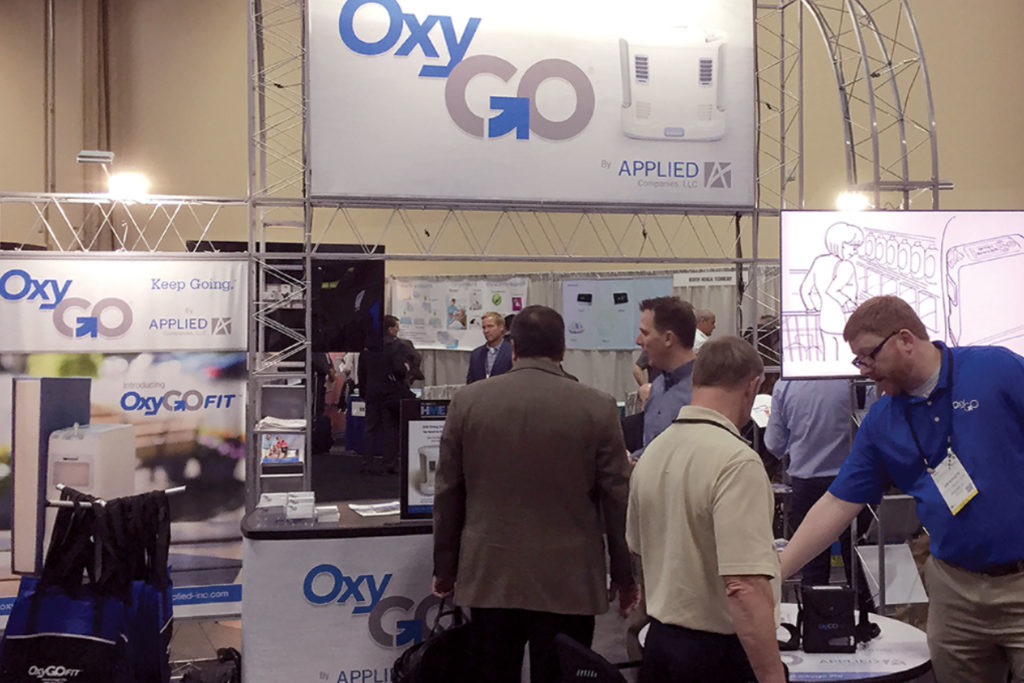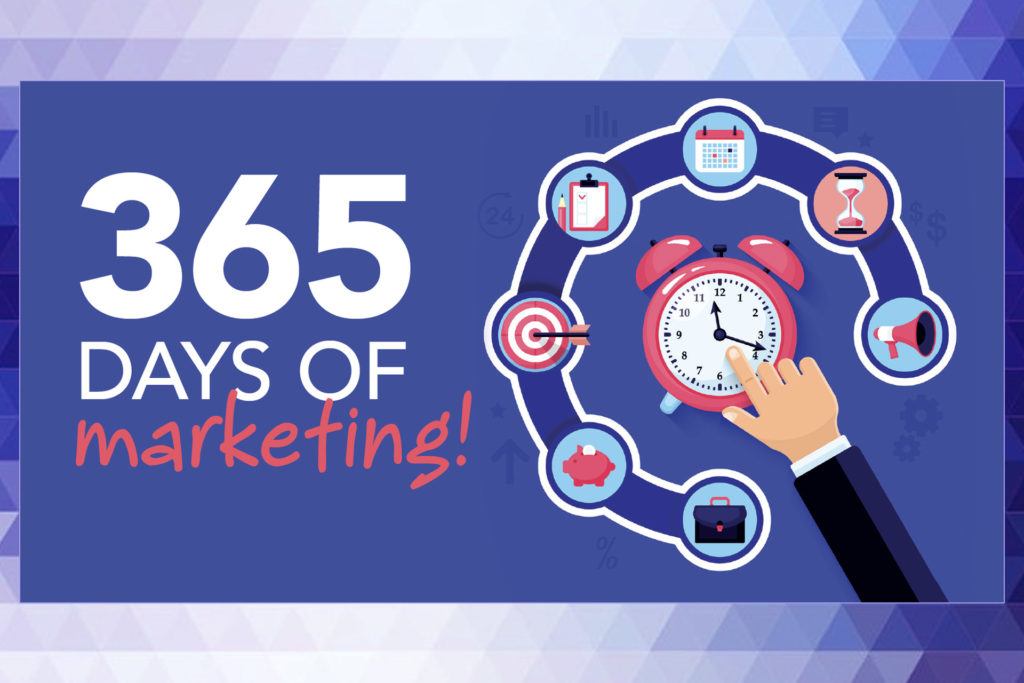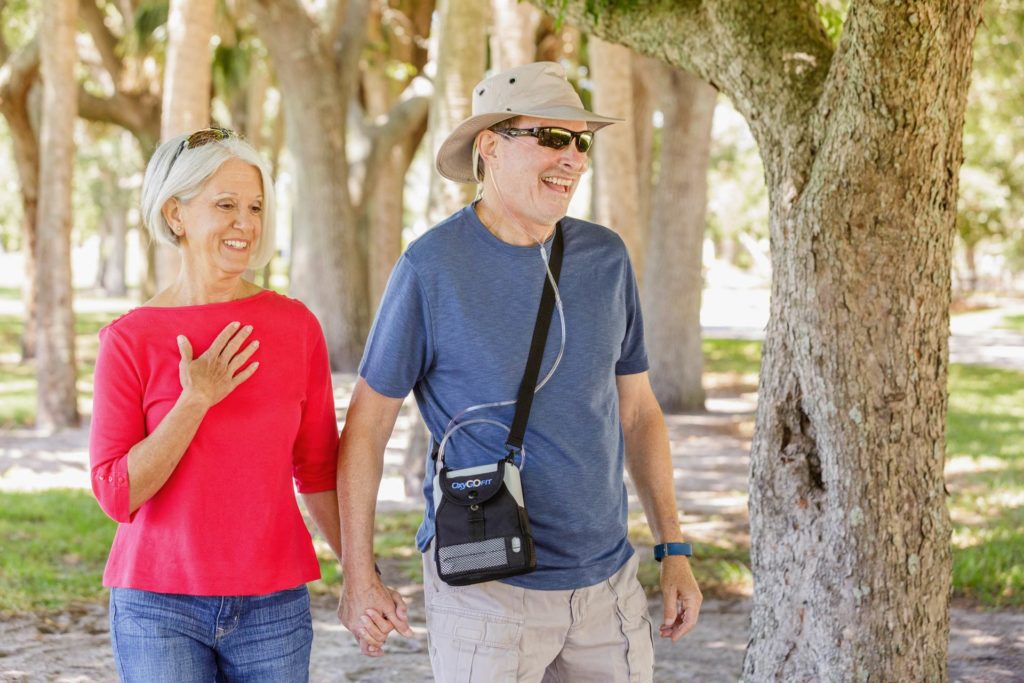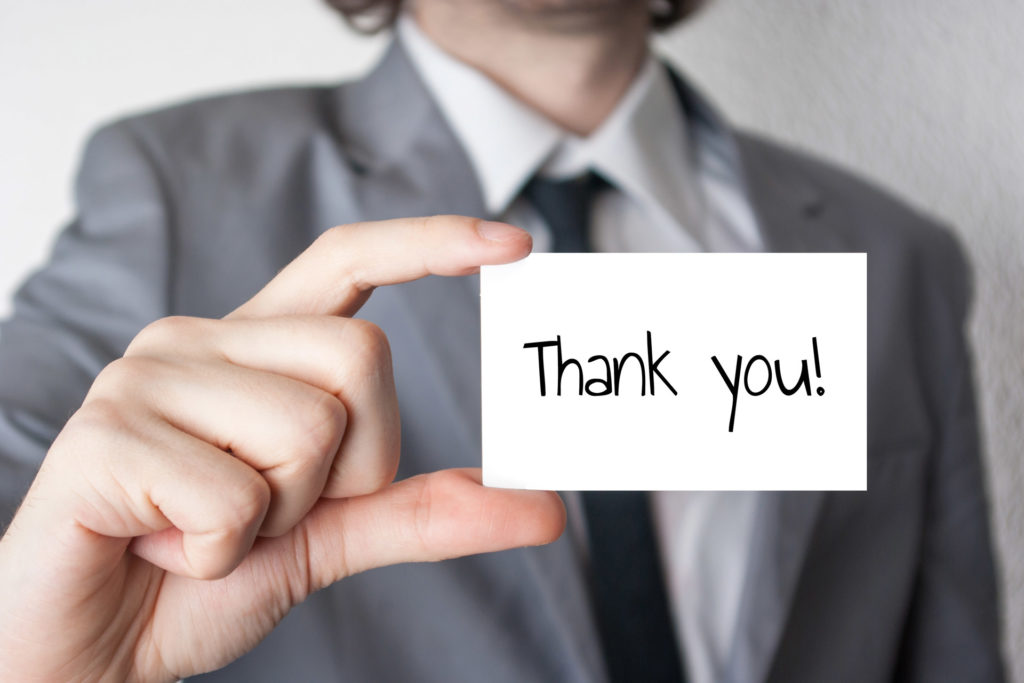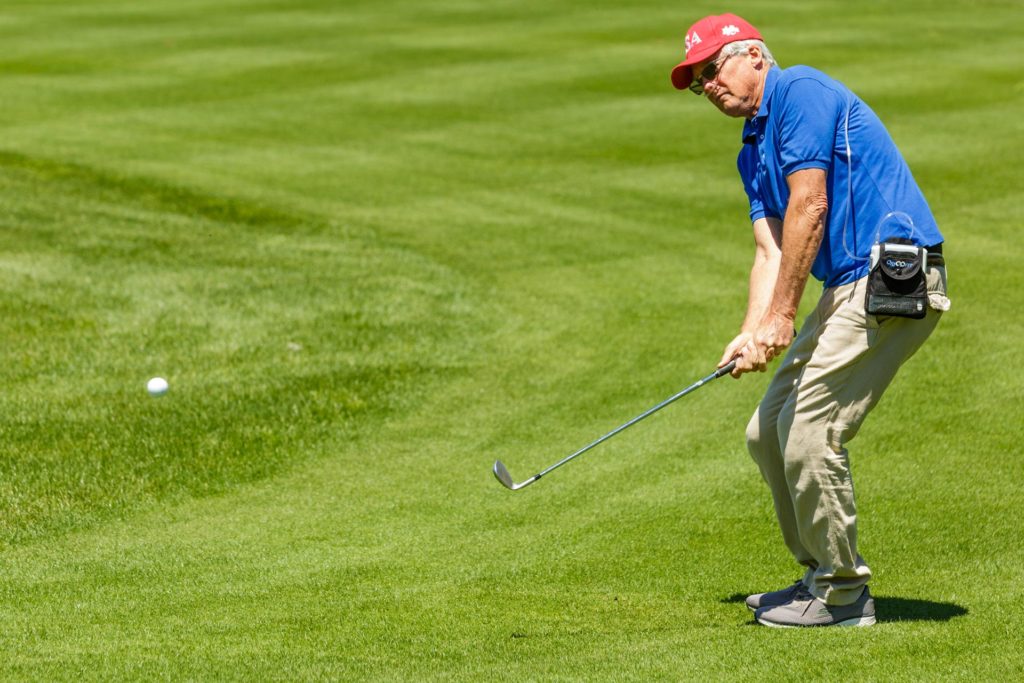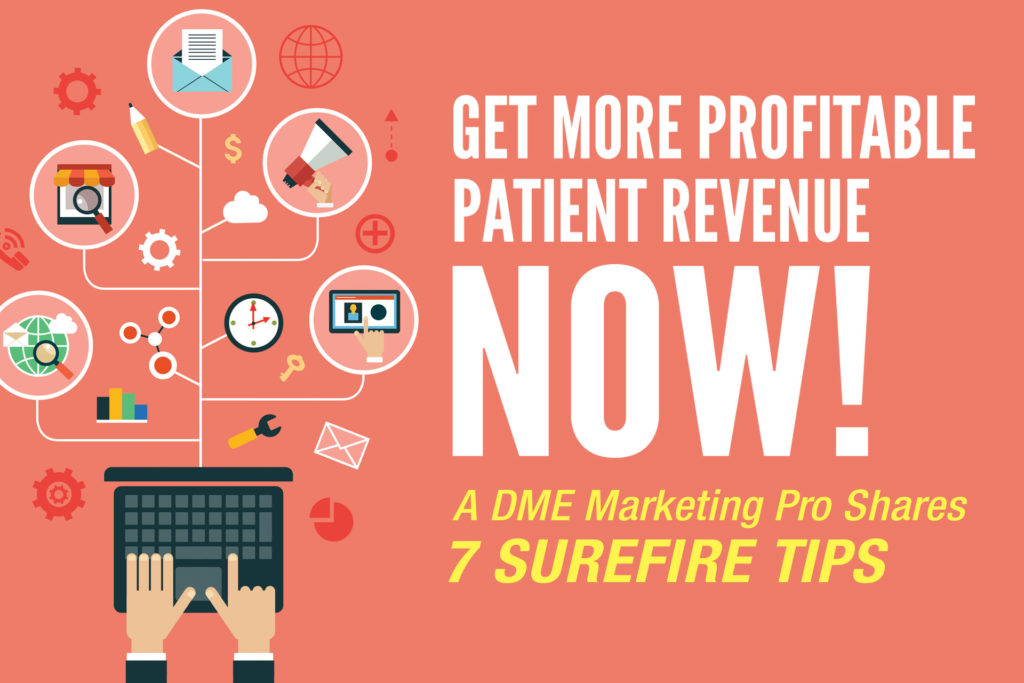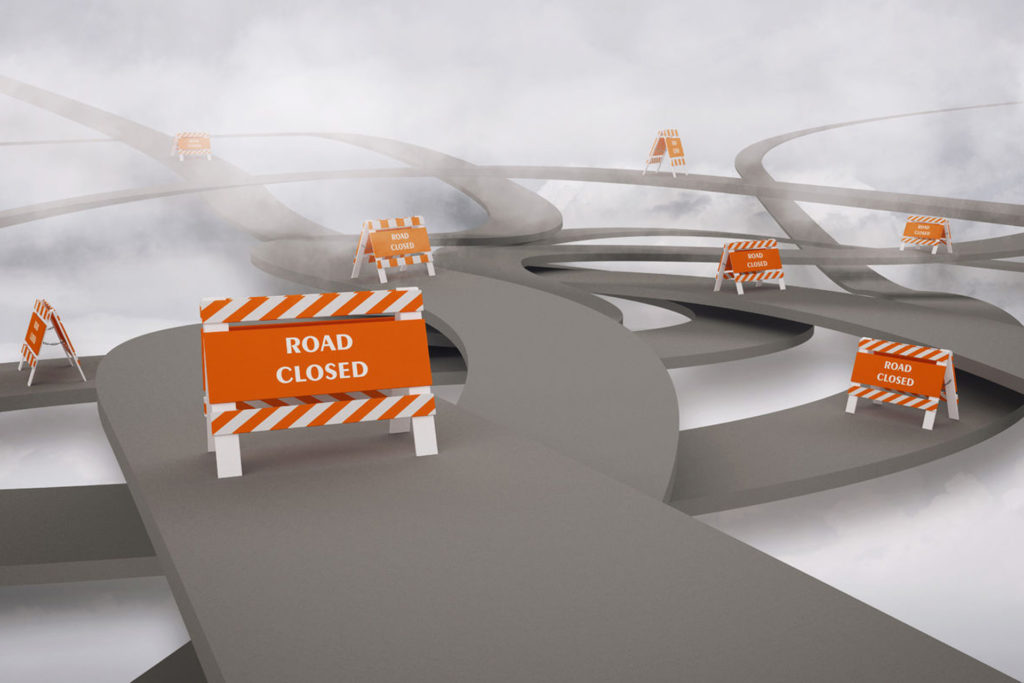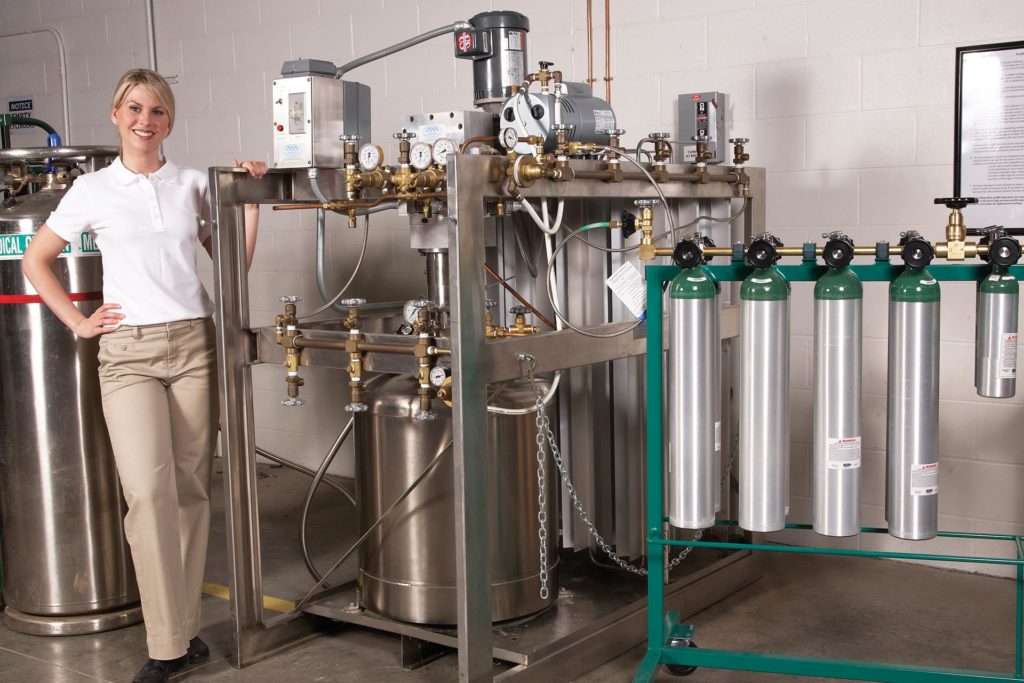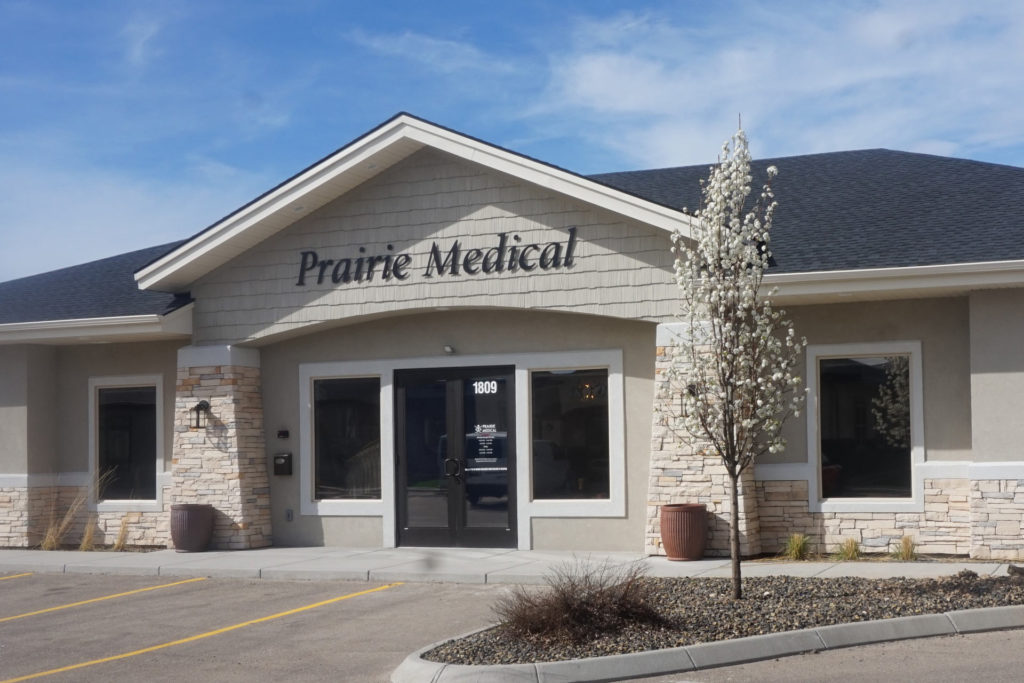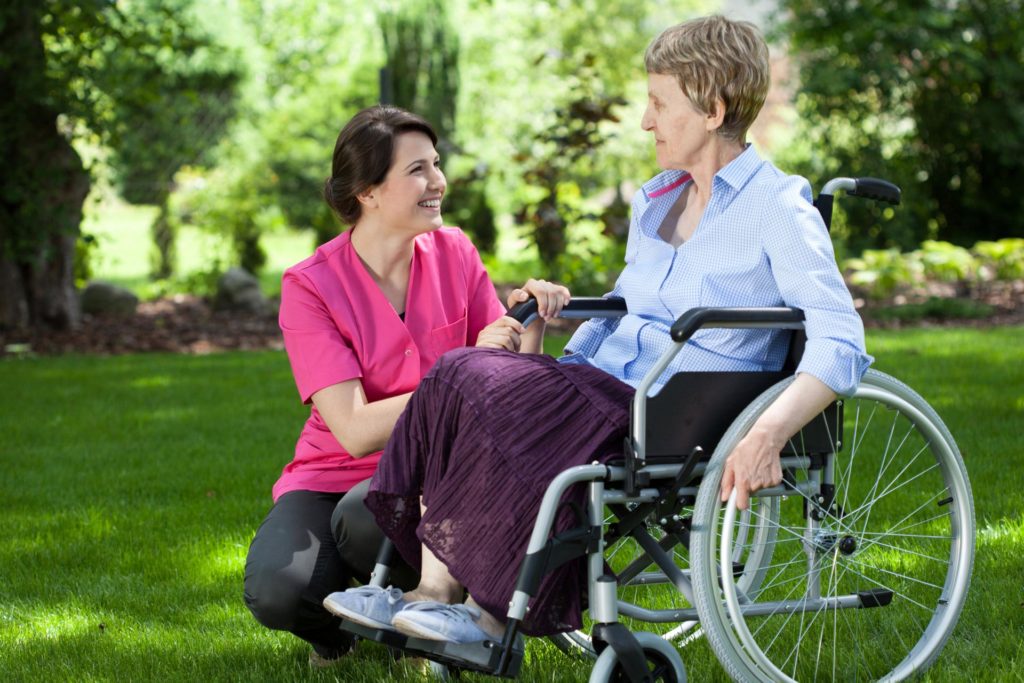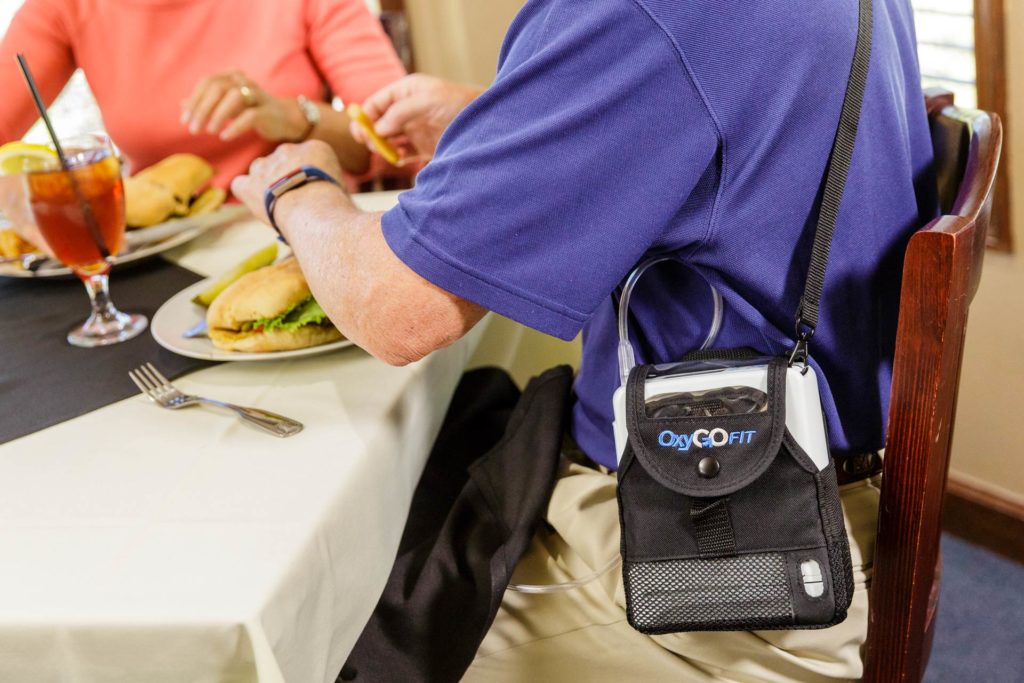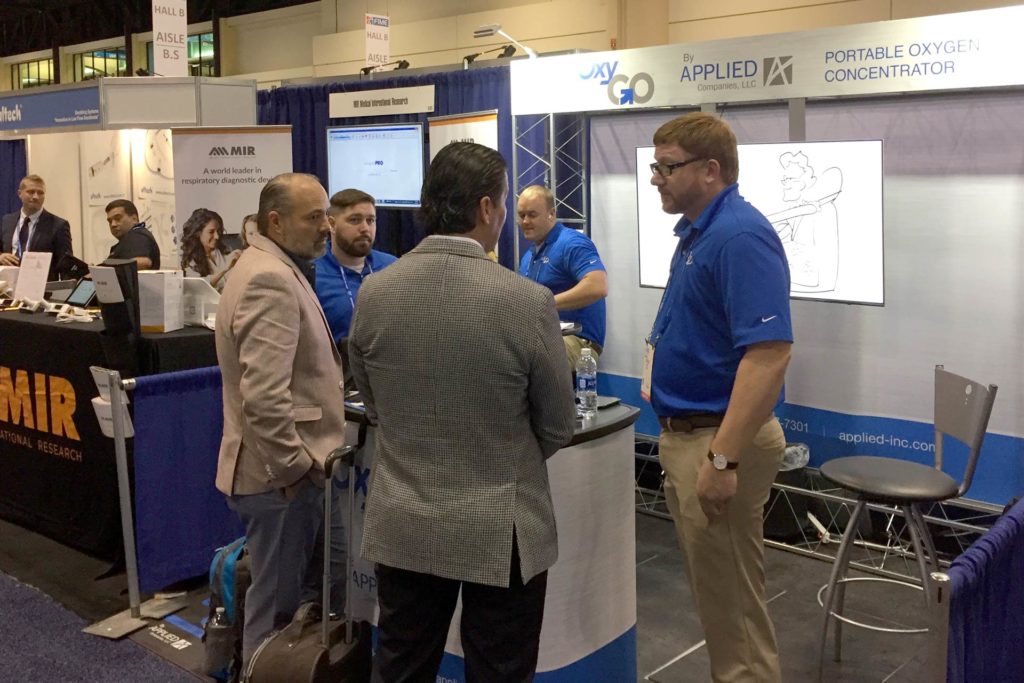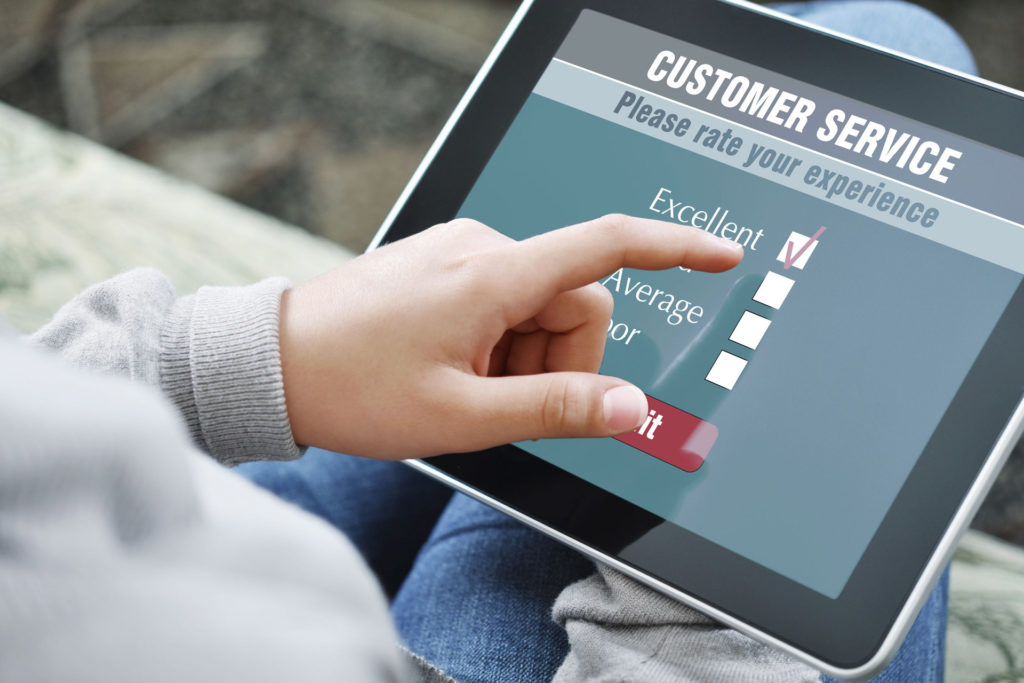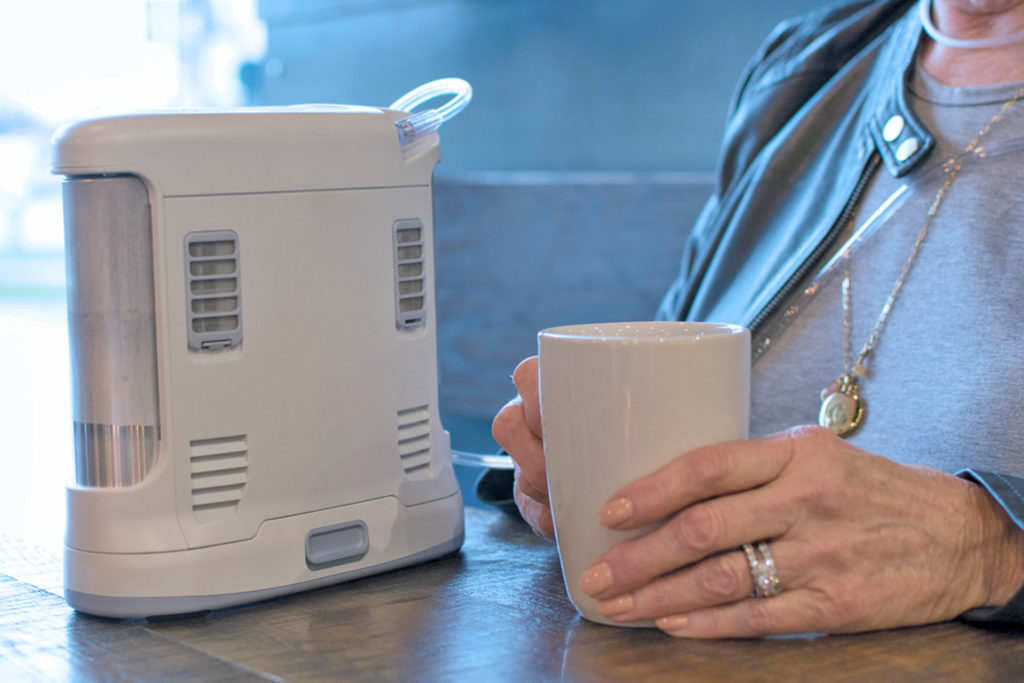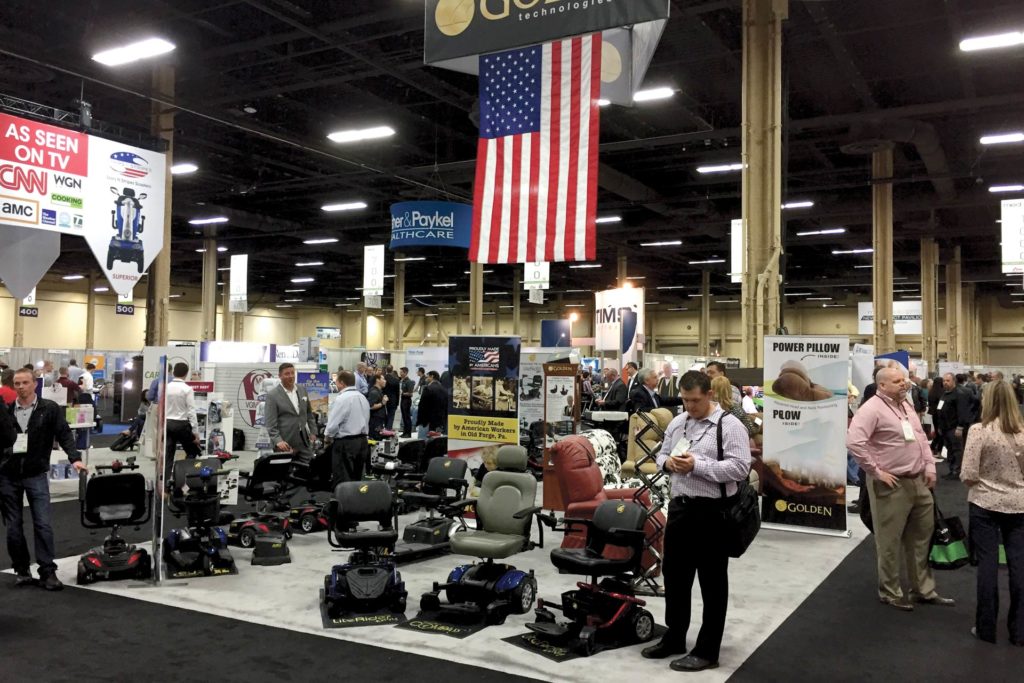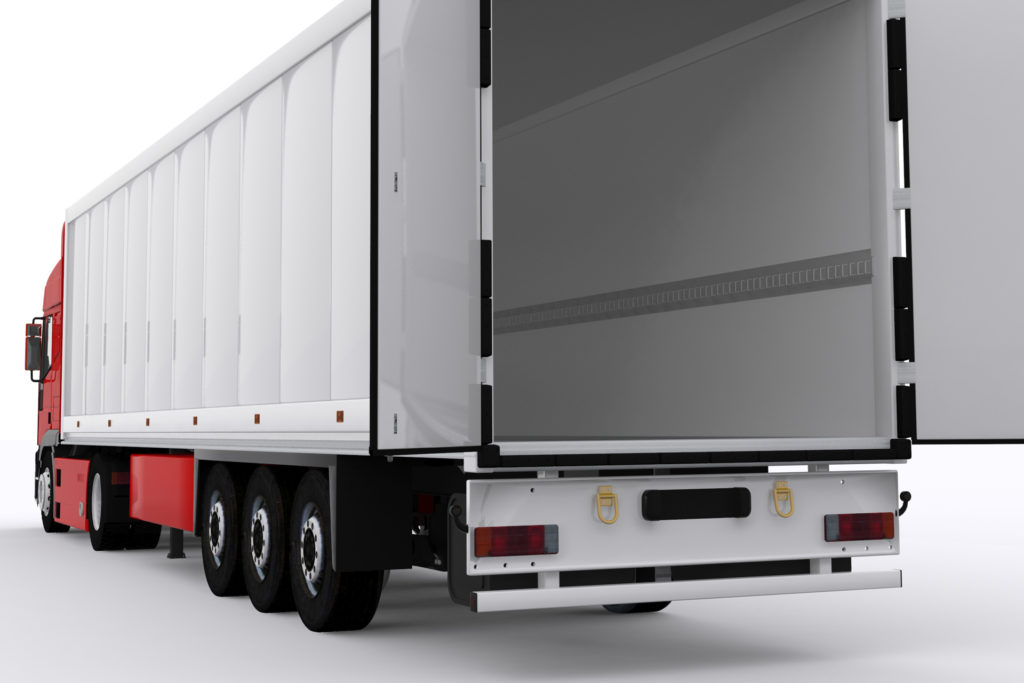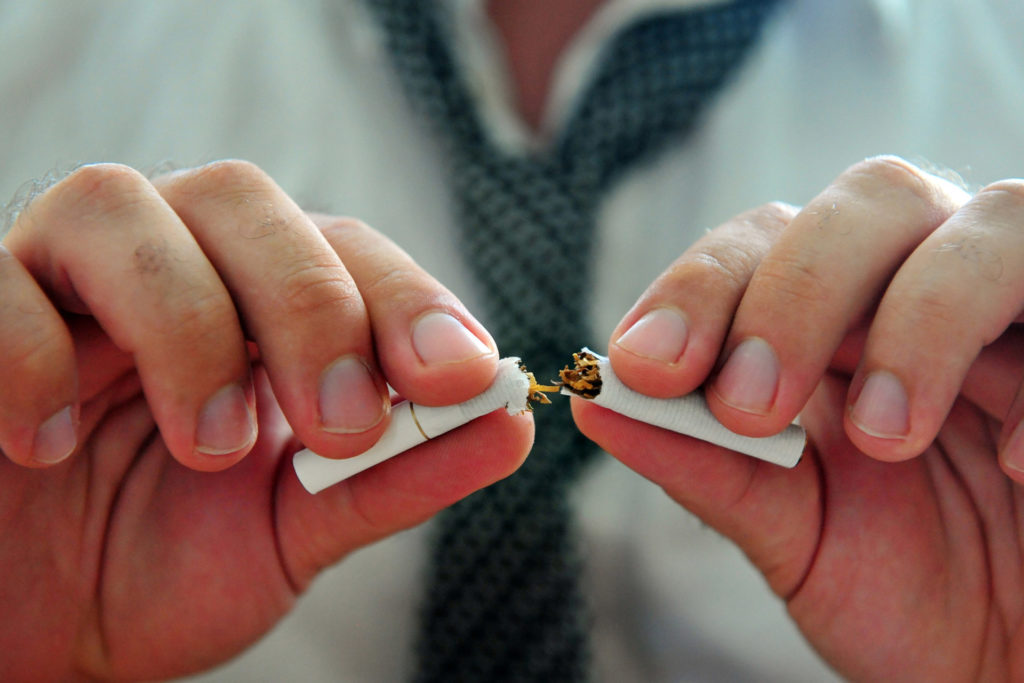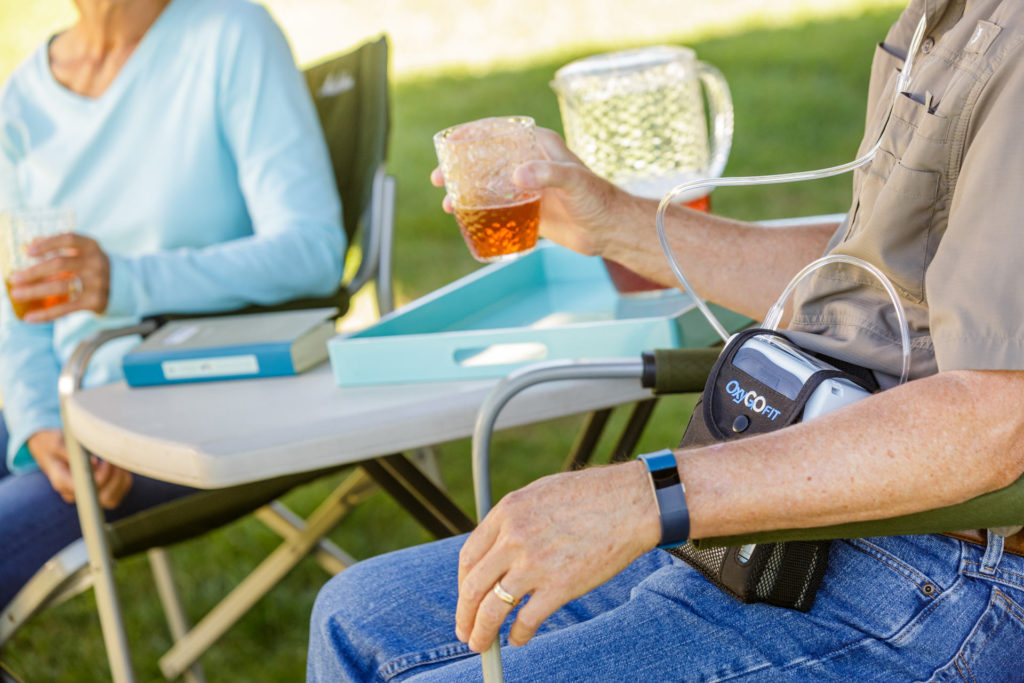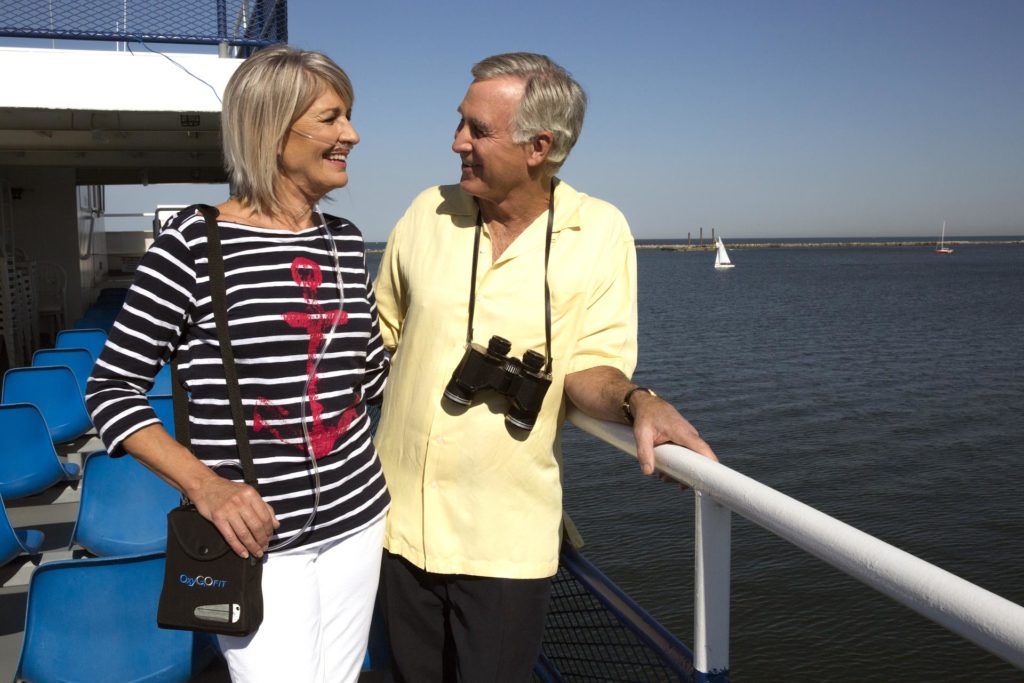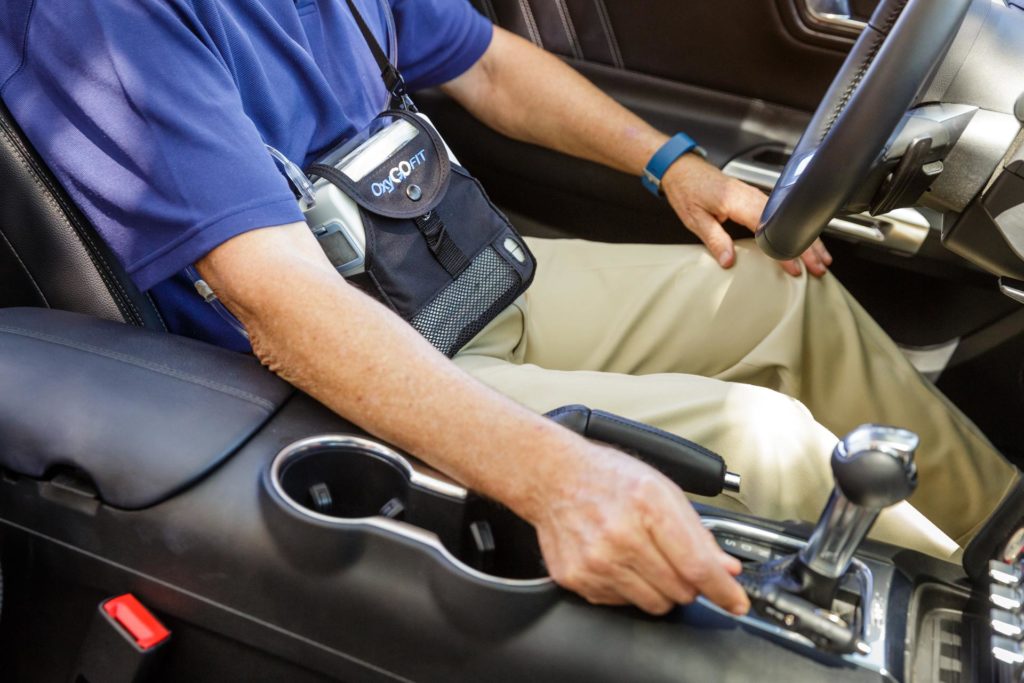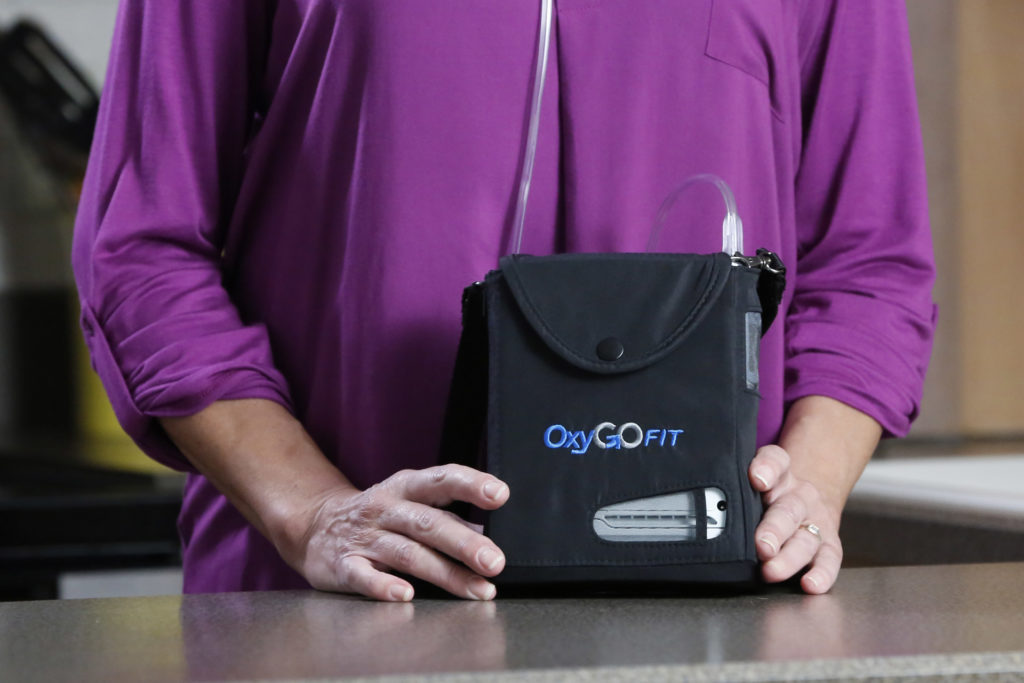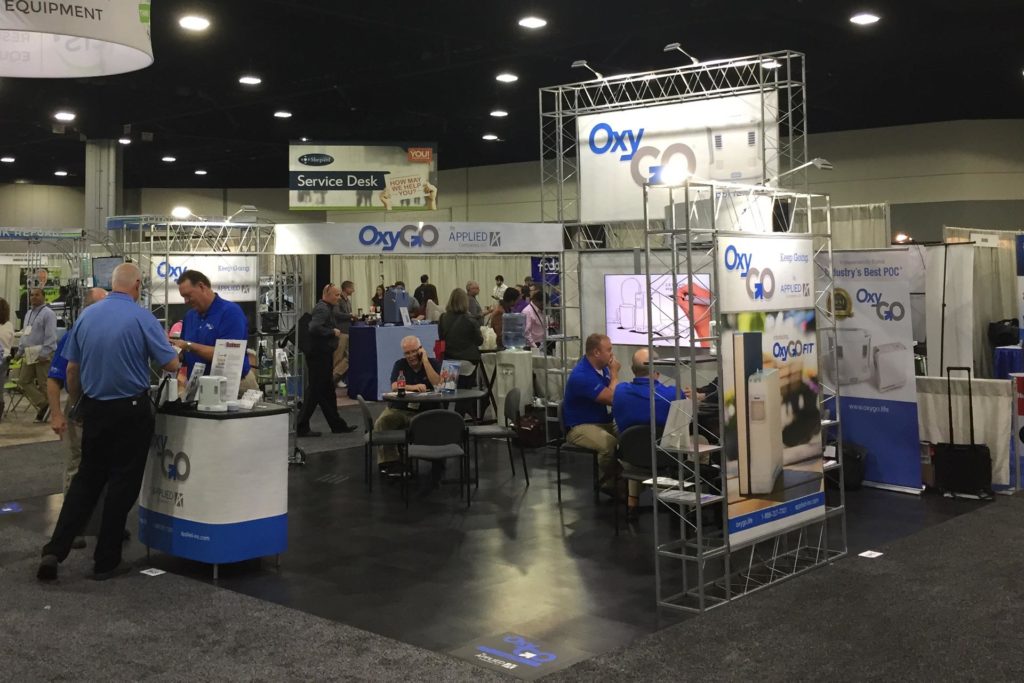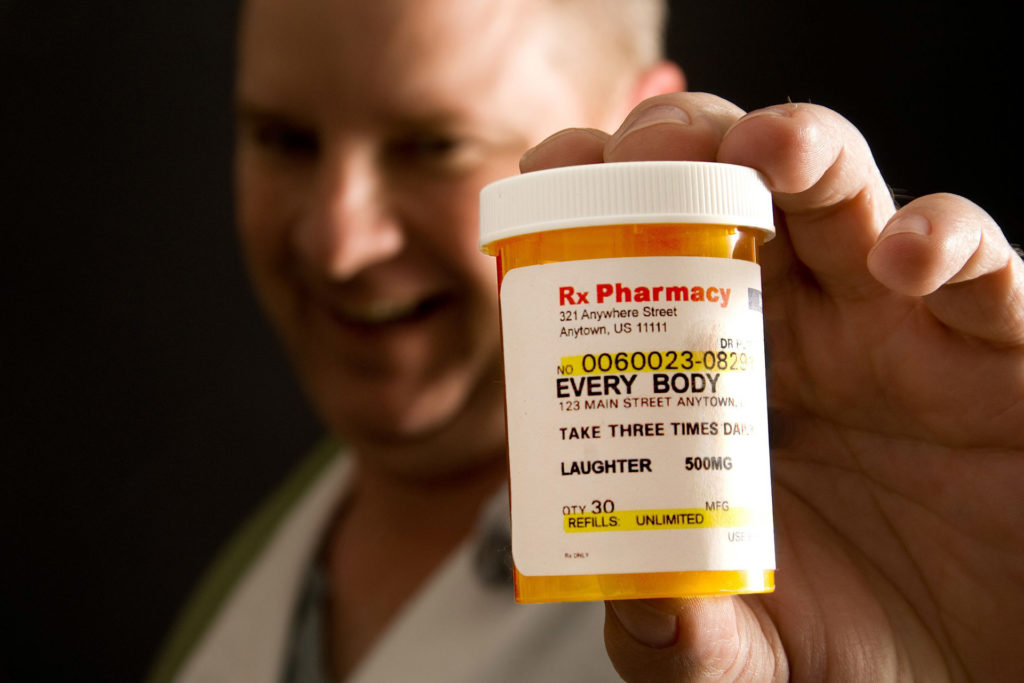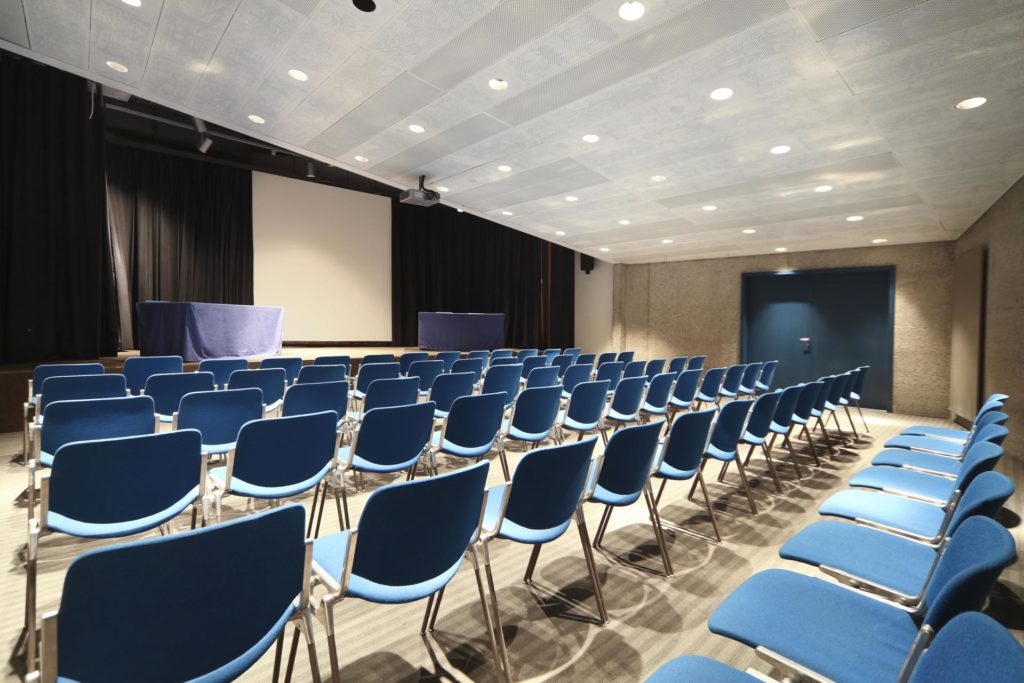Category: Financing
Increasing Your Cash Flow
For more years than I wish to count, CMS has been busy—working hard to decrease their funding of DME products. The results of these cuts have driven equipment providers to focus on items that do not require insurance billing. I’m talking Cash! … Good ole’ American greenbacks! … Moolah! Some companies without a showroom have added one to encourage walk-in traffic, while others have redone theirs to be more appealing to cash buyers. You don’t need to be a brain surgeon to see that, as reimbursements are being chipped away, your bottom line is getting harder to maintain. Many of you feel that increasing cash sales will be your saving grace from this competitive bidding / insurance reimbursement mess. Below are a few ideas I’m throwing out for your consideration. If you are serious about increasing your cash sales, you need to roll up your sleeves and make the commitment! 1. Saturate the market I frequently hear radio commercials advertising scooters and lift chairs from one of our local DMEs. This company has been advertising for several years. Their competitors do not advertise in any media market and this DME is eating their lunch when it comes to scooter and lift chair sales. To be successful in advertising, you need to saturate the market in the beginning. After the first month, reduce your ad frequency by 1/3, and another 1/3 after the thi
Affordable Patient Financing
It’s no secret that most home healthcare providers spend an inordinate amount time engaging various payors on behalf of their patients. Billing insurance… following up with insurance… checking billing codes… and answering patients as to why their much-needed equipment is taking so long to get to them… it all can be very frustrating. In this day and age of the "Silver Tsunami" and competitive bidding, many patients (or children of patients) are willing and want to purchase their own equipment. Most patients will use their equipment daily—if not constantly (as is the case with portable oxygen concentrators)—and want to have the best of the best. But sometimes they can’t pay cash. So how can a provider give patients what they want without losing money due to bidding? The answer is to offer your patients smart financing they can afford. Patients may have traditional credit cards but may not want to use them for a variety of reasons. That’s why many providers offer two modern types of financing for patients: CareCredit and OxyCare TOTAL Advantage™. Care Credit The Care Credit Card is different from Visa, Master Card, American Express, and Discover cards because its focus is strictly on medical care. It helps your patients pay for out-of-pocket expenses not covered by medical insurance by extending flexible
Credit Financing Options
Eleven years ago Muhammad Yunus, a Bangladeshi, won the Nobel Peace Prize for founding the Grameen Bank and pioneering the concepts of microcredit and microfinance. The bank specializes in giving loans to entrepreneurs too poor to qualify for traditional bank lending loan packages. Its loans have made a tremendous difference in the quality of life for millions of people. The citation for Yunus and the bank included praise “for their efforts through microcredit and microfinance to create economic and social development from below”. Creative and generous credit programs, used responsibly, are very powerful tools to improve the quality of life for patients and care givers. Dr. Yunus’s first loan was $27.00 USD to 42 borrowers (mostly poor women) in one small village. They made an average profit of $0.02 per dollar and created small businesses that even today feed their families. The loans were repaid in full. Today, Dr. Yunus’s Grameen Bank loans 7 million borrowers an average of $862 of which 94% are poor women starting small businesses to feed their families. The repayment rate is currently between 98 and 99%. While homecare credit programs are not going to win the Nobel Peace Prize, the United States Presidential Medal of Freedom and / or Congressional Gold Medal, which were won by Dr. Yunus, we too can help millions of patients have a better life. Nothing makes us a happier in the home healthcare industry than the words we so love to
Using Credit to Leverage Cash Sales
Being Manager of Respiratory Therapy for the Cleveland Clinic was one of the most rewarding experiences of my life. We were part of the Cleveland Clinic at Home division which also included Home Health Nursing, Home Health Hospice and Pharmacy. I basically started from scratch on my first day. We had no forms, policies or procedures. I was initially given two 4’x8’ shelves in the warehouse because my administration thought that RT was just tubing and connectors. They thought differently after the first 24 hours. As our patient base grew quickly, so did the demand for portable oxygen. We had many patients who traveled and needed oxygen to meet their needs. Back then we were limited as to what we could provide. Our first transportable concentrators weighed 19 lbs. and although they did a much nicer job than cylinders, they were still bulky to navigate and heavy for the patients to pick up. And many of our patients could not afford them because access to credit was so restrictive. Flash forward to today and you can show almost all your patients an affordable path to purchasing POCs and other homecare products. This is because at OxyGo®, we have added two new financing programs that I know will help you increase cash sales and overcome customer affordability issues: OxyCare Total Advantage™ and Care Credit Advantage. There are 78 million baby bo
Blog - Financing
Category: Financing
Increasing Your Cash Flow
For more years than I wish to count, CMS has been busy—working hard to decrease their funding of DME products. The results of these cuts have driven equipment providers to focus on items that do not require insurance billing. I’m talking Cash! … Good ole’ American greenbacks! … Moolah! Some companies without a showroom have added one to encourage walk-in traffic, while others have redone theirs to be more appealing to cash buyers. You don’t need to be a brain surgeon to see that, as reimbursements are being chipped away, your bottom line is getting harder to maintain. Many of you feel that increasing cash sales will be your saving grace from this competitive bidding / insurance reimbursement mess. Below are a few ideas I’m throwing out for your consideration. If you are serious about increasing your cash sales, you need to roll up your sleeves and make the commitment! 1. Saturate the market I frequently hear radio commercials advertising scooters and lift chairs from one of our local DMEs. This company has been advertising for several years. Their competitors do not advertise in any media market and this DME is eating their lunch when it comes to scooter and lift chair sales. To be successful in advertising, you need to saturate the market in the beginning. After the first month, reduce your ad frequency by 1/3, and another 1/3 after the thi
Affordable Patient Financing
It’s no secret that most home healthcare providers spend an inordinate amount time engaging various payors on behalf of their patients. Billing insurance… following up with insurance… checking billing codes… and answering patients as to why their much-needed equipment is taking so long to get to them… it all can be very frustrating. In this day and age of the "Silver Tsunami" and competitive bidding, many patients (or children of patients) are willing and want to purchase their own equipment. Most patients will use their equipment daily—if not constantly (as is the case with portable oxygen concentrators)—and want to have the best of the best. But sometimes they can’t pay cash. So how can a provider give patients what they want without losing money due to bidding? The answer is to offer your patients smart financing they can afford. Patients may have traditional credit cards but may not want to use them for a variety of reasons. That’s why many providers offer two modern types of financing for patients: CareCredit and OxyCare TOTAL Advantage™. Care Credit The Care Credit Card is different from Visa, Master Card, American Express, and Discover cards because its focus is strictly on medical care. It helps your patients pay for out-of-pocket expenses not covered by medical insurance by extending flexible
Credit Financing Options
Eleven years ago Muhammad Yunus, a Bangladeshi, won the Nobel Peace Prize for founding the Grameen Bank and pioneering the concepts of microcredit and microfinance. The bank specializes in giving loans to entrepreneurs too poor to qualify for traditional bank lending loan packages. Its loans have made a tremendous difference in the quality of life for millions of people. The citation for Yunus and the bank included praise “for their efforts through microcredit and microfinance to create economic and social development from below”. Creative and generous credit programs, used responsibly, are very powerful tools to improve the quality of life for patients and care givers. Dr. Yunus’s first loan was $27.00 USD to 42 borrowers (mostly poor women) in one small village. They made an average profit of $0.02 per dollar and created small businesses that even today feed their families. The loans were repaid in full. Today, Dr. Yunus’s Grameen Bank loans 7 million borrowers an average of $862 of which 94% are poor women starting small businesses to feed their families. The repayment rate is currently between 98 and 99%. While homecare credit programs are not going to win the Nobel Peace Prize, the United States Presidential Medal of Freedom and / or Congressional Gold Medal, which were won by Dr. Yunus, we too can help millions of patients have a better life. Nothing makes us a happier in the home healthcare industry than the words we so love to
Using Credit to Leverage Cash Sales
Being Manager of Respiratory Therapy for the Cleveland Clinic was one of the most rewarding experiences of my life. We were part of the Cleveland Clinic at Home division which also included Home Health Nursing, Home Health Hospice and Pharmacy. I basically started from scratch on my first day. We had no forms, policies or procedures. I was initially given two 4’x8’ shelves in the warehouse because my administration thought that RT was just tubing and connectors. They thought differently after the first 24 hours. As our patient base grew quickly, so did the demand for portable oxygen. We had many patients who traveled and needed oxygen to meet their needs. Back then we were limited as to what we could provide. Our first transportable concentrators weighed 19 lbs. and although they did a much nicer job than cylinders, they were still bulky to navigate and heavy for the patients to pick up. And many of our patients could not afford them because access to credit was so restrictive. Flash forward to today and you can show almost all your patients an affordable path to purchasing POCs and other homecare products. This is because at OxyGo®, we have added two new financing programs that I know will help you increase cash sales and overcome customer affordability issues: OxyCare Total Advantage™ and Care Credit Advantage. There are 78 million baby bo



